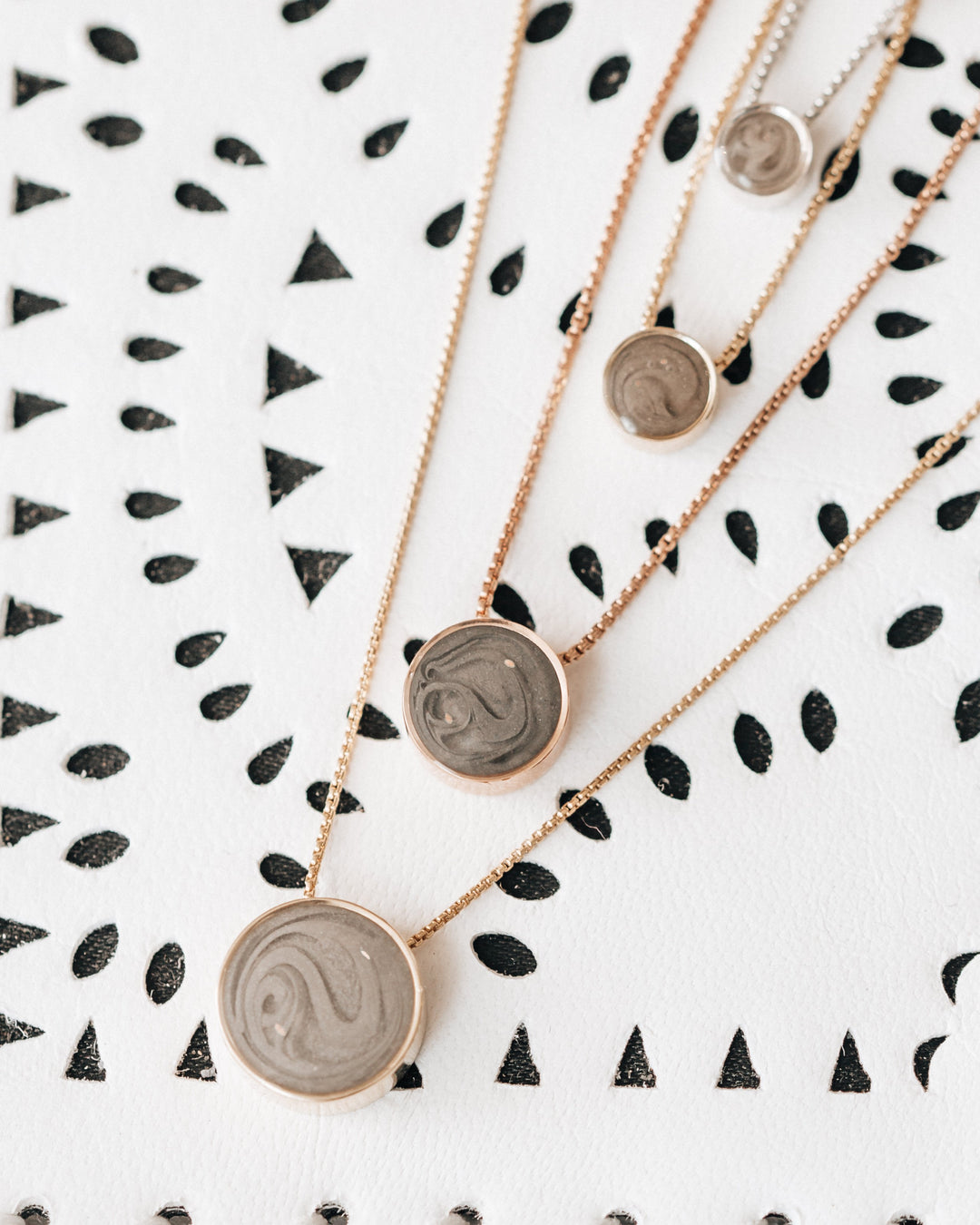Cultural Spotlight - Dia de Muertos ("Day of the Dead")
Every culture around the world has it's own practices and beliefs when it comes to the passing of a loved one, and this tradition does not always have to center around the death of the person, but may focus more on the afterlife. This is true of a traditionally Hispanic celebration known as Dia de Muertos (or Day of the Dead in English). Those who have made their home in the American Southwest will be very familiar with at least the concept of this tradition, but it has been made much more well-known in pop-culture by the movie "Coco", released by Disney/Pixar. However, there is always a little more to be known about these traditions than what we can learn from experiencing films. Here are a couple of facts about Dia de Muertos:
- Dia de Muertos is primarily celebrated in Mexican culture, and is a multi-day celebration that honors passed loved ones. These days are viewed as both a time of mourning and a time of happiness and celebration as the souls of the deceased are said to return to the world of the living to partake in the festivities. These days, typically October 31st-November 2nd, are observed as a public Holiday in Mexico.
- Traditions are very centered around the graves of the deceased. Small shrines called Ofrendas are crafted by their families, and are sometimes placed directly on the graves, and other times are housed in the family home. Ofrendas often feature photos of deceased family members and ancestors, along with candles, flowers (primarily Aztec Marigolds), foods, and the favorite treats or possessions of the deceased. Often, toys are brought to the graves of children who have passed, and bottles of Tequila are left at the graves of adults. People visit the graves over the three days of Dia de Muertos, leaving possessions and gifts for the loved ones who have passed.
- Photos and gifts are left on Ofrendas to encourage the souls of the departed to return to celebrate with their families. Although families are grieving the loss of their loved ones, they try to keep the celebration and activities light by sharing humorous stories of the deceased. The goal is to spend positive quality time with the souls of their lost loved ones, and to remind them that they are still loved even after death.
- Frances Ann Day, in Latina and Latino Voices in Literature, describes the Holiday in the following way: "On October 31, All Hallows Eve, the children make a children's altar to invite the angelitos (spirits of dead children) to come back for a visit. November 1 is All Saints Day, and the adult spirits will come to visit. November 2 is All Souls Day, when families go to the cemetery to decorate the graves and tombs of their relatives. The three-day fiesta is filled with marigolds, the flowers of the dead; muertos (the bread of the dead); sugar skulls; cardboard skeletons; tissue paper decorations; fruit and nuts; incense, and other traditional foods and decorations."
- Skulls and bones are very closely associated with the Holiday. A recognizable symbol of Dia de Muertos is the calavera, or "Sugar Skull" in English. These are sugar treats that are sculpted to look like skulls and decorated with chocolate and other candies. They can be given as gifts on this day to both the living and left at Ofrendas for the deceased, and usually, the name of the recipient is etched into the skull's forehead. Additionally, Pan de Muerto (or "Bread of Dead") is a sweet egg bread made for placement on Ofrendas and is often decorated with frosting that resembles twisted bones.
- While this is Primarily a Mexican celebration, other cultures and countries do also celebrate their versions of Dia de Muertos. Local traditions are observed in Belize, Bolivia, Brazil, Guatemala, Ecuador, Peru, The United States, Australia, Fiji, Indonesia, and The Phillipines, to name a few. Specifically in Santa Ana, California (close by me's backyard), a very large celebration is held by those of Hispanic and Mexican decent.
No matter our individual or cultural beliefs about cremation, death, and the afterlife, it can be helpful to remember that different cultures view this process in different ways. New perspectives can help individuals and families to process their grief and perhaps turn the mourning process into a positive experience.
References:
https://en.wikipedia.org/wiki/Day_of_the_Dead




